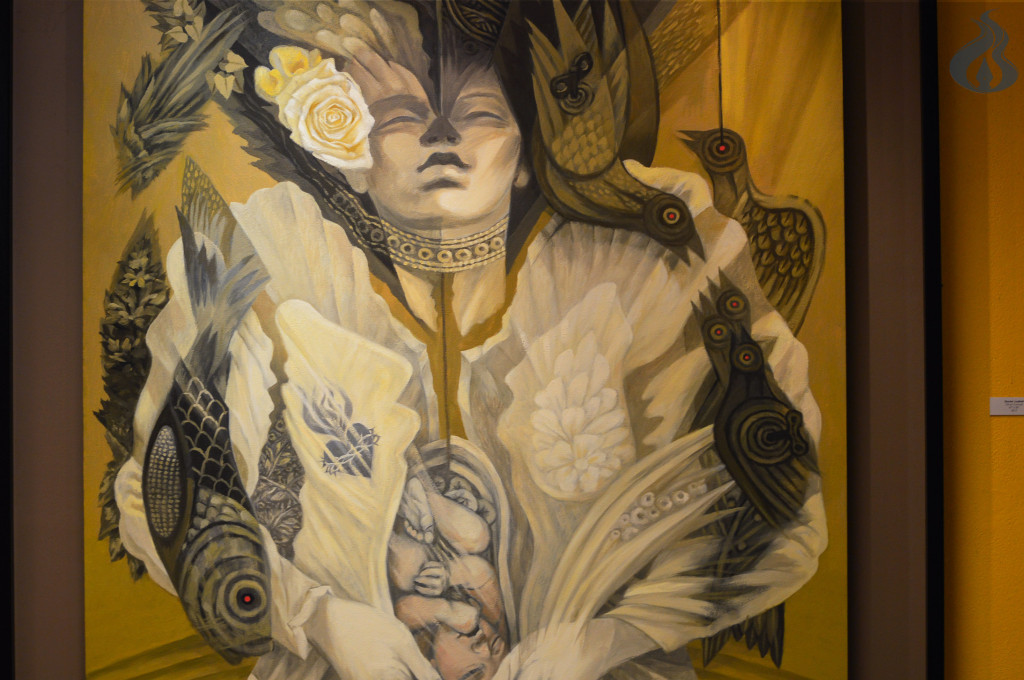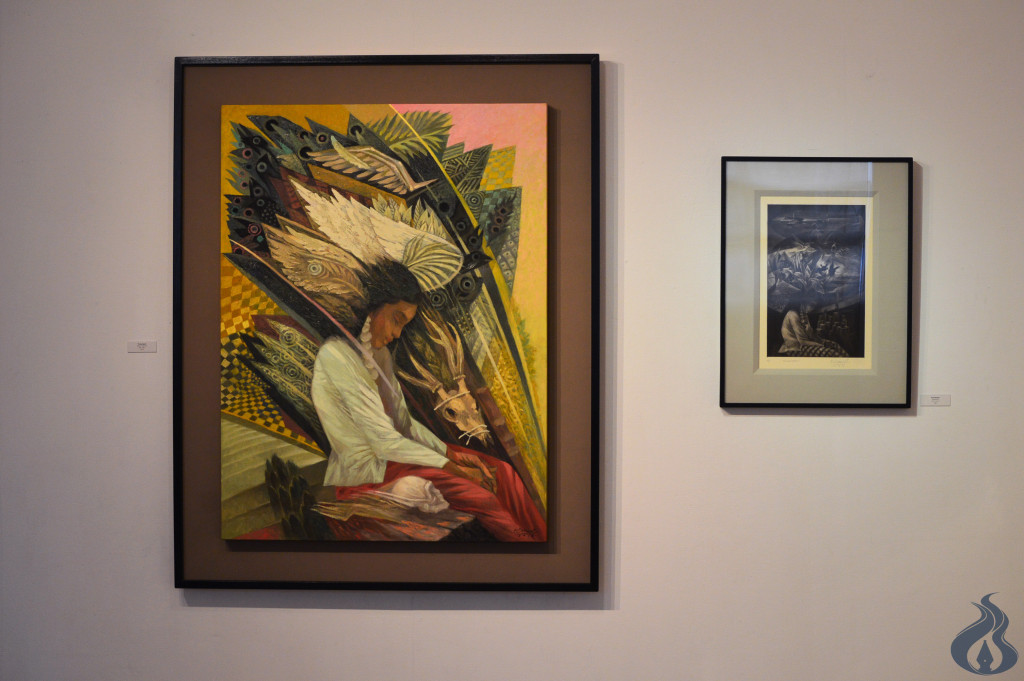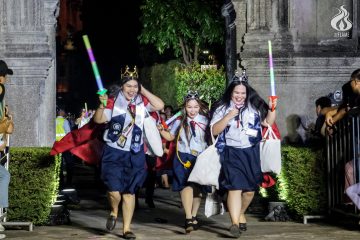
WHAT DOES it take for a Thomasian to earn a National Artist nomination? Filimon “Fil” Delacruz celebrates his past years in the arts scene through a solo exhibit titled “PARA/PHRASE: An Artist’s Journey in Fine Print and Painting.” A visit to the National Commission for Culture and Arts (NCCA) gallery while strolling along the streets of Intramuros is an addition to your to-do list before November ends.

1. Exploring circumstances in “Aftermath”
Designed with various patterns and shapes which embrace the entirety of the canvas, “Aftermath” is a detailed work of art which expresses concern towards the degradation of natural resources and its implications for the health of humanity. It tackles the delusional reality of how humans isolate themselves from the environment, relying instead on gadgets and technological advancements. This neutral toned work of art is a manifestation of a call for hope and care for the wilting earth.

2. A narration of life through “Diwata: Lualhati”
In “Diwata: Lualhati,” the canvas is lavished with details implying the bliss of life, motherhood, and the celebration of earthly creations. The center of the art shows a mesmerizing woman cradling a newborn child as a sign of fertility and hope for new beginnings. Meanwhile, the other side of the pole presents a reconstruction of the current environment that children grow up in today—artificial and suppressed. It is a magnificent collision of two sides: the reality of modern age and the contrast in terms of prosperity and freedom.

3. “Diwata: Halik” and the love for the motherland
What envelops this exquisite canvas is its ethereal expression of passionate nationalism. As the background is subtly lathered on with the colors of the Philippine flag, the eyes of the country radiate outwards like the sun. The blossoming roses tucked behind the ears of the woman represent the prosperity that accompanies a person through a journey towards patriotism.

4. The Art of Deception in “Inner Thought”
Presenting an escalation of human thoughts and emotions, “Inner Thought” is a brilliant examination of the human mind. It challenges the observer to go beyond the seemingly jubilant masks of humans through stirring colors. As the inner masks appear to have an indifferent appearance, the artwork projects a call to look beyond what we see.

5. A Presentation of Contrasting Perspectives in “Diwata: Amihan”
With prevalent and vivid green tones, “Diwata: Amihan” is more than a representation of fertility and growth. With its left side garnered with bones, wilting leaves, a seemingly crooked mask, and a deceptive hand covering a fraction of the lips, the artwork depicts the harmony of our environment. The painting is an embodiment of life and death as humans begin to learn how to be a deceptive society with the usage of false progress.

6. Filipino Cultural Prosperity in “Thanatopsis”
Indigenous culture is witnessed through communities that embody the wondrous traditions that have stood the test of time. Delacruz used vibrant colors in this artwork as opposed to its counterpart, a 1981 Mezzotint, which showed the misery of the indigenous people amid the changes in society. Symbolizing hope and tranquillity for the minorities of the country, “Thanatopsis” is a magnificent portrayal of the bright and bold lives of the carriers of our traditions. F MARIA LORRAINE G. SAJORDA



